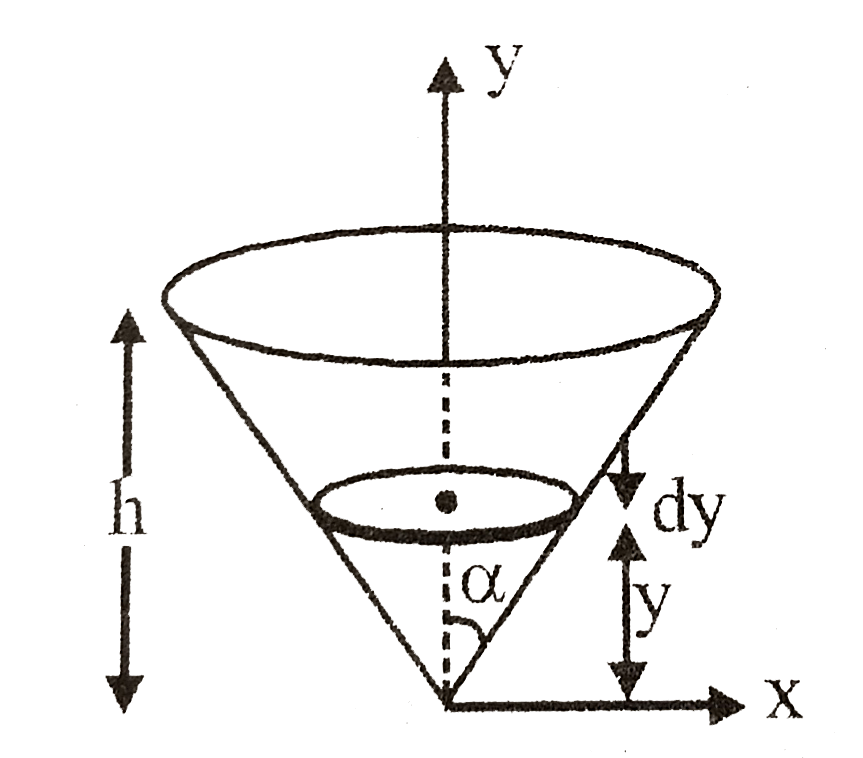Case 1: If you take a ball and push it so that it rolls across a smooth, cemented floor. Wait for the ball to stop by itself. Mark the point at which it stopped by drawing a line on the floor with chalk powder. Measure the distance travelled by the ball using a measuring tape.
Case 2: If you take the same ball and push it the same way as before on a sandy ground. Again, measure the distance travelled by the ball.

What do you understand about frictional force in this case?
The magnitude of frictional force between two rough surfaces is greater than that between two smooth surfaces. This is because rough surfaces have more irregularities on them as compared to smooth surfaces. The more the irregularities, the better is the interlocking between them and the more is the force required to break these interlocks. Thus, frictional force depends on the nature of surface.
Topper's Solved these Questions
- BOOK - PEARSON IIT JEE FOUNDATIONCHAPTER - FRICTIONEXERCISE - Competition Corner54videos
FRICTION
- BOOK - PEARSON IIT JEE FOUNDATIONCHAPTER - FRICTIONEXERCISE - Classroom Corner (Short Answer Type Questions)29videos
FRICTION
- BOOK - PEARSON IIT JEE FOUNDATIONCHAPTER - FORCE AND PRESSUREEXERCISE - COMPETITION CORNER37videos
FORCE AND PRESSURE
- BOOK - PEARSON IIT JEE FOUNDATIONCHAPTER - HEATEXERCISE - CONCEPT APPLICATION Level 310videos
HEAT
Similar Questions
Case 1: If you take a ball and push it so that it rolls across a smooth, cemented floor. Wait for the ball to stop by itself. Mark the point at which it stopped by drawing a line on the floor with chalk powder. Measure the distance travelled by the ball using a measuring tape.
Case 2: If you take the same ball and push it the same way as before on a sandy ground. Again, measure the distance travelled by the ball.

In which case, ball will stop first by itself?View SolutionThe moving ball on the floor stops after some time because of………
View Solution
Knowledge Check
- Question 1 - Select One
An elastic ball with coefficient of elasticity 1/2 is dropped from rest at a height h on a smooth floor . The total distance covered by the ball is
Amore than 2hBless than 2h but more than 32 hCless than 32 h but more than 43 hDless than 43h - Question 2 - Select One or More
A ball hits a floor and rebounds after an inelastic collision. In this case
Athe momentum of the ball just after the collision is same as that just before the collisionBthe mechanical energy of the ball remains the same during the collisionCthe total momentum of the ball and the earth is conservedDthe total energy of theball and the earth remains the same - Question 3 - Select One or More
A ball hits the floor and rebounds after an inelastic collision. In this case
Athe momentum of he ball just after the collision is the same as that just before the collision.Bthe mechanical energy of the ball remains the same in the collisionCthe total momentum of the ball and the earth is conservedDthe total energy of the ball and the earth is conserved
A ball is projected from a point on a smooth horizontal floor at an angle θ with the horizontal . Speed of projection is u . Ball collides with the floor several times . Find the total time and horizontal distance covered by the ball .
View SolutionInside a smooth spherical shell of the radius R a ball of the same mass is released from the shown position (Fig.) Find the distance travelled by the shell on the horizontal floor when the ball comes to the lowest point of the shell.
 View Solution
View SolutionName the unbalanced force that stops a ball rolling on the ground.
View SolutionA ball hits the floor and rebounds after an inelastic collision. In this case
View SolutionA ball hits the floor and rebounds after an inelastic collision . In this case-
View Solution

